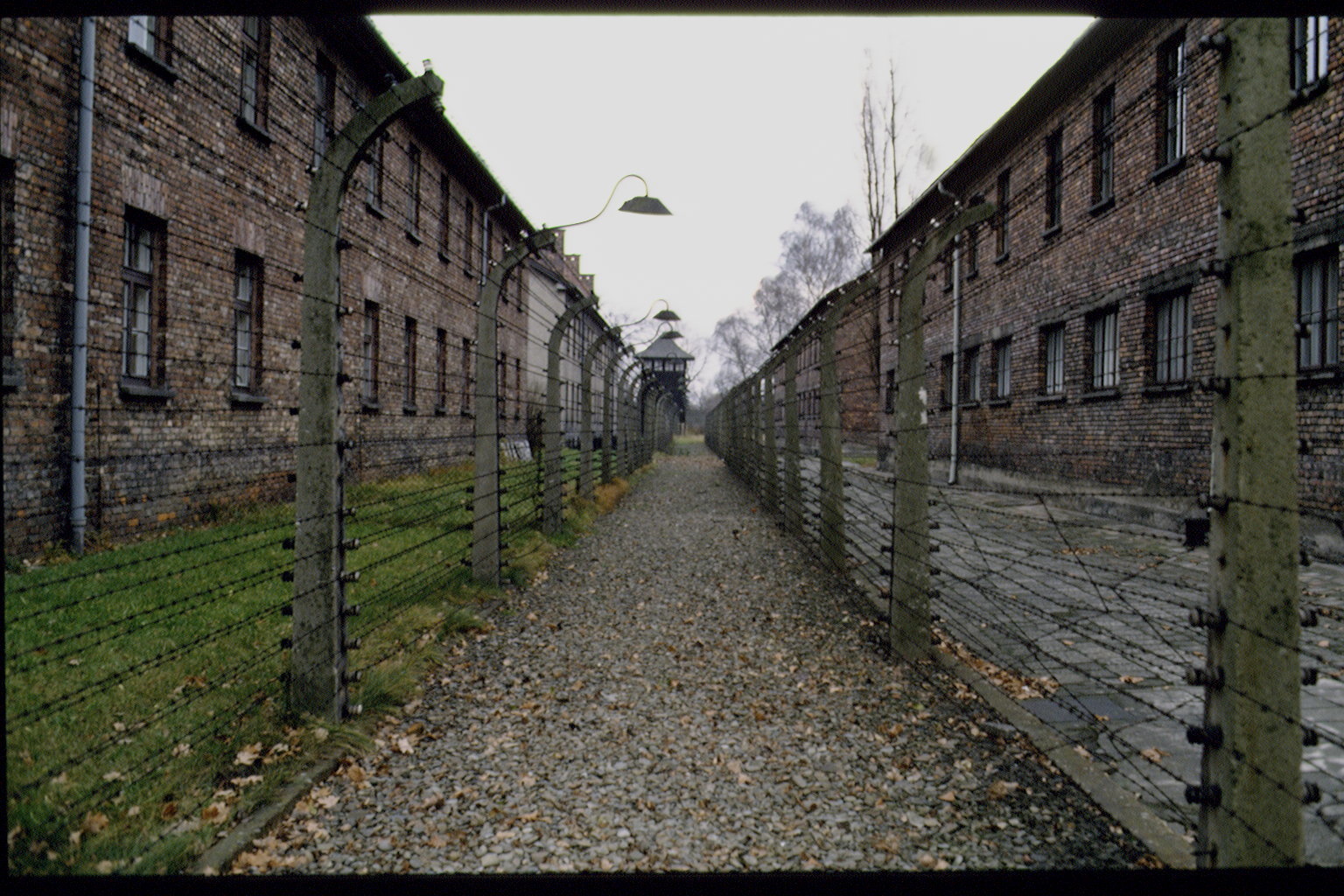“There is no way to understand postwar Europe and the world without an in-depth confrontation between our idea of mankind and the remains of Auschwitz,” the Auschwitz-Birkenau Memorial and Museum states.
And while the coronavirus pandemic has forced the memorial to adjust, the Auschwitz Memorial is now accessible to all through a free, online virtual tour.
From a birds-eye view, arrows guide viewers through the hallowed grounds, as well as the “main camp” of Auschwitz I and its larger subcamps Birkenau and Buna. Between the years of 1942 and 1944, more than 40 sub-camps were built around Auschwitz in the Polish suburb of Oswiecim. Over the course of World War II, more than 1.1 million people were murdered within its gates.
According to the memorial’s website, the virtual tour includes “over 200 high-quality panoramic photographs” with “360⁰ images present[ing] the authentic sites and buildings of the former German Nazi concentration and extermination camp.” Locations within each of the camps contain the option for viewers to click for further information, with archival documents, artwork created by the prisoners, online lessons, and witness accounts supplementing the tour.
While it is difficult to capture the sheer breadth and horror of Auschwitz via a computer screen, testimonials from survivors offer a somber lesson at every click.
Viewers can stand in “roll-call square,” which one survivor, Franciszek Jaźwiecki, describes as:
“Each of us is waiting, fearing for his number to be read out, and it is so weird to feel regret taking hold of one’s heart. Finally, the filthy egoistic feeling takes over (…) and (one) is almost glad to hear other numbers than oneself. Those whose numbers were read out distribute their belongings among those standing closest to them, as they shall not need them anymore, and give instructions regarding their relatives. (…) There is no crying, no sobbing as each and every one of us cannot speak a word, because the throat is tight and this feeling just remains… (…).”
The memorial is closed to visitors until December 27, 2020, but due to worldwide travel restrictions, the virtual tour remains the best option for many. And while there is no replacing an in-person visit, the online experience still provides a sobering and necessary education to the horrors of the Holocaust.





